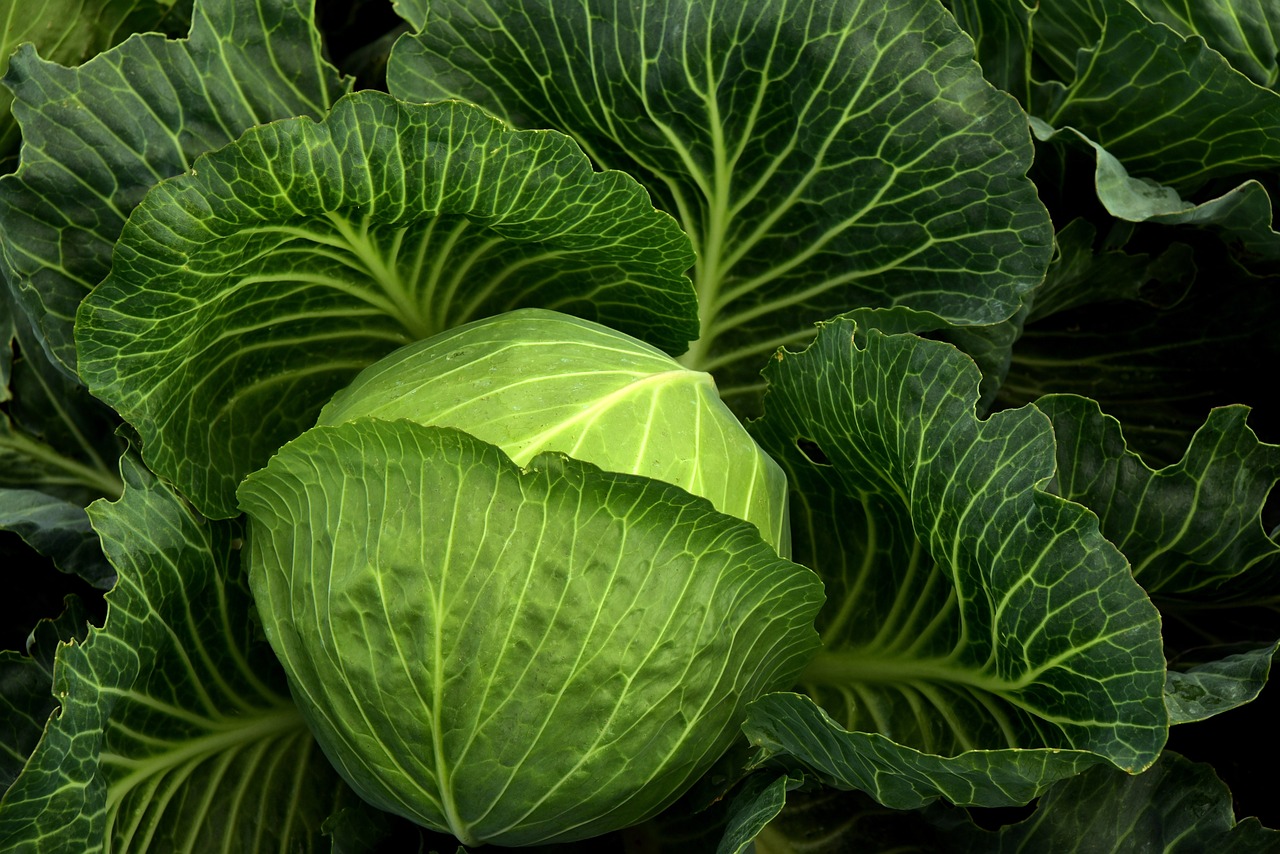When it comes to summer vegetables, cabbage is a versatile and nutritious choice that can be enjoyed in various dishes. Whether you prefer coleslaw, stir-fries, or sautéed cabbage, growing your own fresh and abundant supply can be a rewarding experience. In this article, we will explore the steps to maximize summer cabbage growth for bountiful harvests.
Choosing the Right Cabbage Variety
The first step in maximizing your summer cabbage growth starts with selecting the right variety. There are several types of cabbages available, each with its own characteristics and preferred growing conditions. Some popular varieties for summer cultivation include:
- Green Cabbage: The most common type of cabbage with a dense head and smooth leaves.
- Savoy Cabbage: Recognizable by its crinkled leaves and milder flavor compared to green cabbage.
- Napa Cabbage: A Chinese variety known for its oblong shape and sweet taste.
Prioritize varieties that are well-suited for your climate and have a shorter maturity period. This ensures that they can reach their full potential before the heat of summer takes its toll on their growth.
Sowing Seeds or Transplants?
The next decision you’ll need to make is whether to start your cabbages from seeds or purchase transplants from a local nursery. Both options have their advantages depending on your circumstances.
If you have limited space or want an early start, starting seeds indoors allows you more control over the germination process.
However, if time is of the essence or you lack the necessary equipment, purchasing transplants can save you valuable time.
Preparing the Soil
Cabbage plants thrive in well-drained soil that is rich in organic matter. Before planting, prepare your soil by following these steps:
- Clear the area of any weeds or debris.
- Loosen the soil using a garden fork or tiller to a depth of at least 12 inches.
- Incorporate compost or aged manure to improve fertility and moisture retention.
Planting and Care Tips
To ensure optimal growth and abundant harvests, consider implementing these tips:
- Spacing: Cabbage plants need enough space for their heads to fully develop. Follow spacing guidelines provided on seed packets or transplant labels.
- Sunlight: Cabbages require full sun exposure for at least six hours per day. Choose a location that receives ample sunlight.
- Irrigation: Consistent watering is crucial for cabbage growth. Aim for one inch of water per week, either through rainfall or irrigation.
- Fertilization: Apply a balanced fertilizer when transplanting seedlings and side-dress with nitrogen-rich fertilizer once they start forming heads.
- Pest Control: Protect your cabbages from common pests like aphids and cabbage worms by using row covers or organic insecticides if necessary.
Maintaining Healthy Plants
To maintain healthy cabbage plants throughout the summer season, keep an eye out for any signs of nutrient deficiencies, diseases, or pest infestations.
Regularly inspect your plants and take appropriate action if necessary. Early intervention can prevent further damage and ensure a successful harvest.
Harvesting Cabbage
Once your cabbage heads have reached their full size and feel firm to the touch, it’s time to harvest. Use a sharp knife to cut the head at the base, leaving several outer leaves intact for protection during storage. Store harvested cabbages in a cool, dark place or refrigerator to maintain freshness.
Growing summer cabbage for abundant harvests requires careful consideration of variety selection, proper soil preparation, and attentive care throughout the growing season.
By following these steps and implementing best practices such as adequate spacing, sunlight exposure, irrigation, fertilization, pest control measures, and regular plant maintenance checks, you can enjoy a bountiful supply of fresh cabbage from seed to plate.
Remember that each step is interconnected and contributes to the overall success of your cabbage crop. With dedication and attention to detail, you’ll be rewarded with delicious homegrown cabbages that are packed with nutrients for all your favorite summer recipes!



